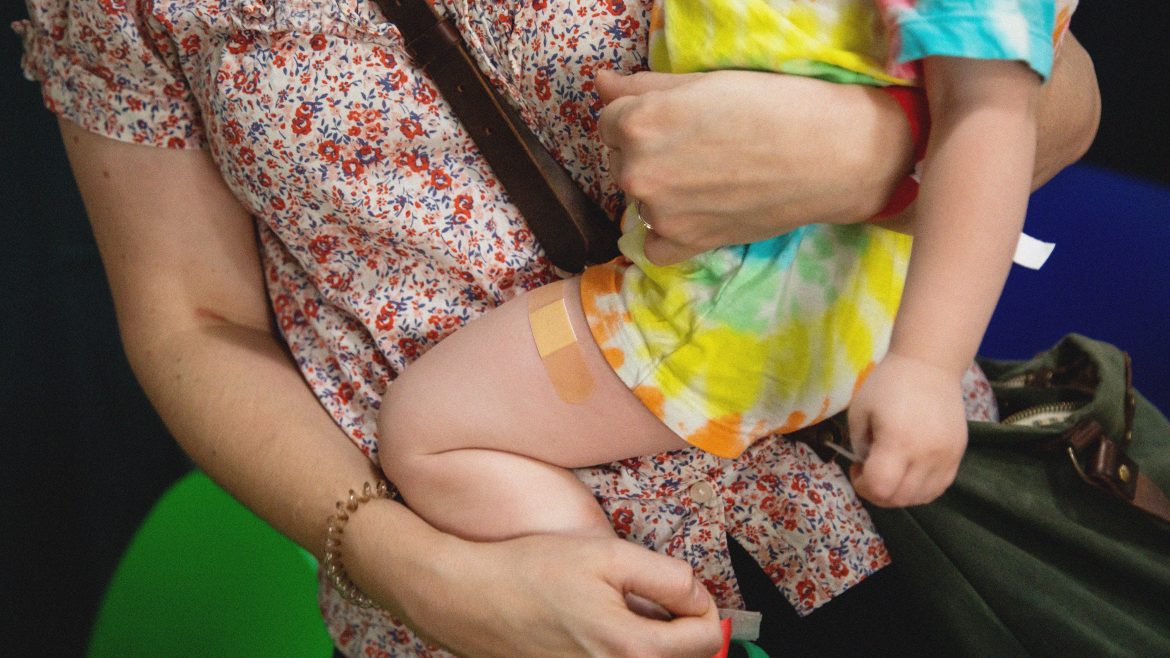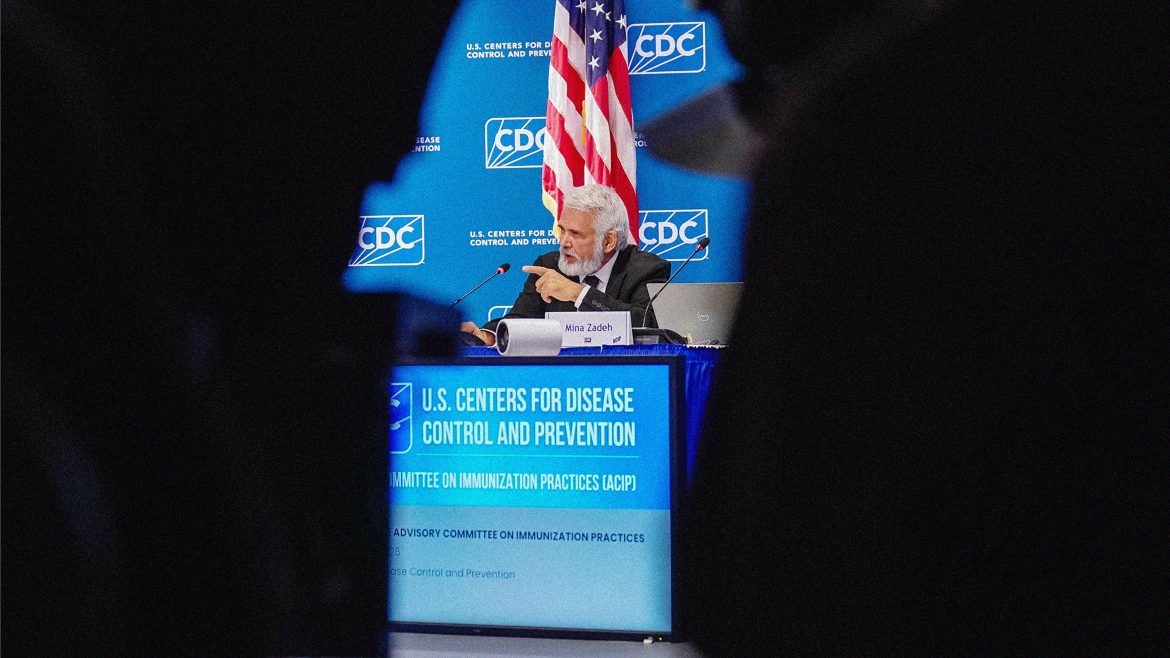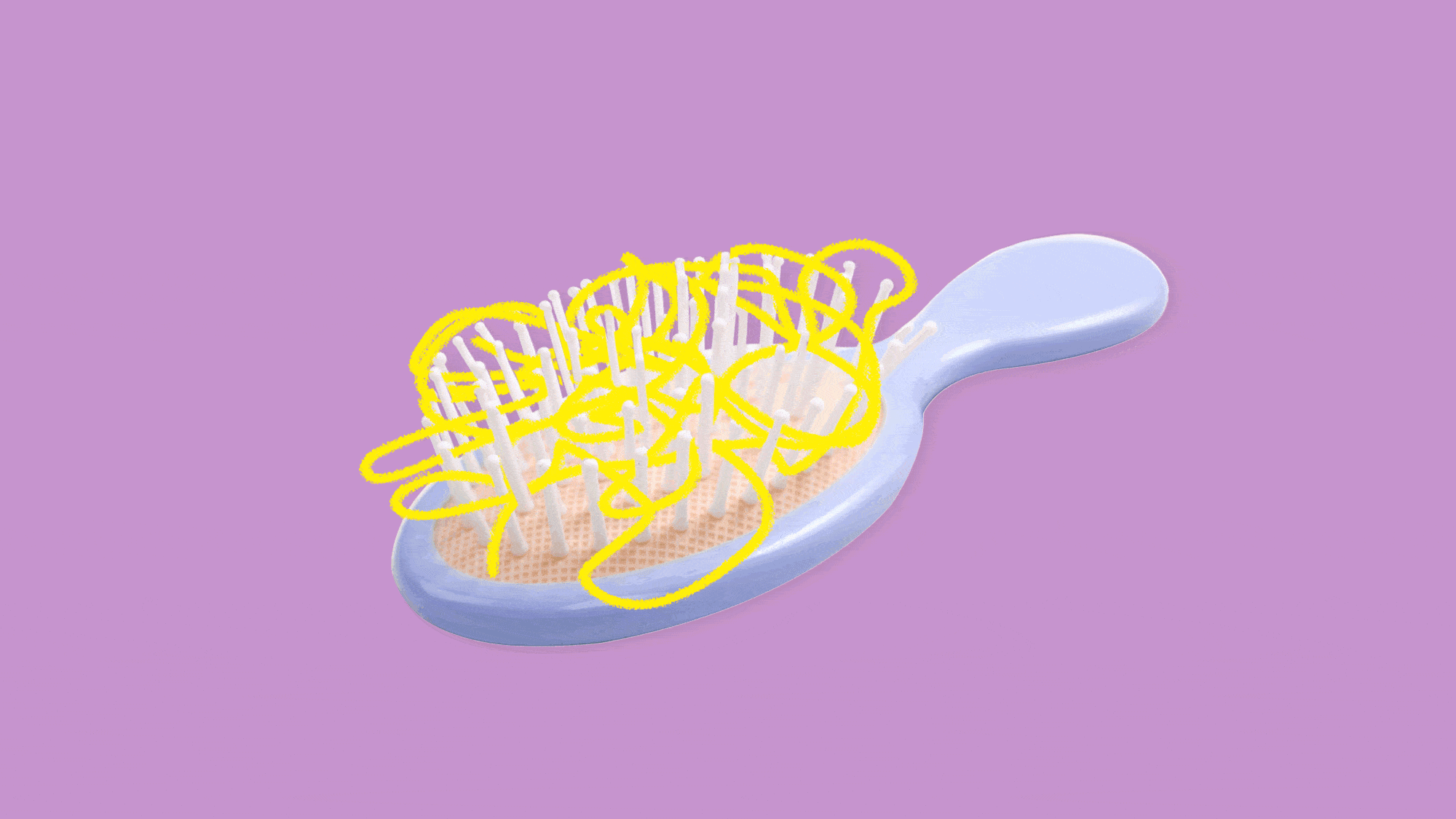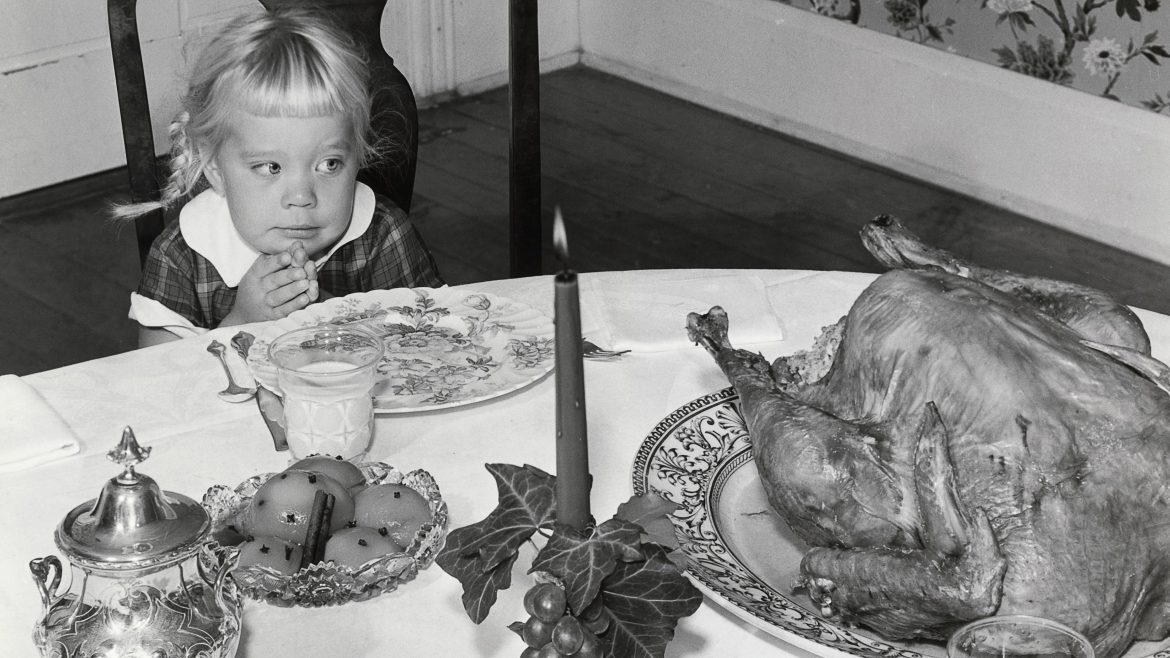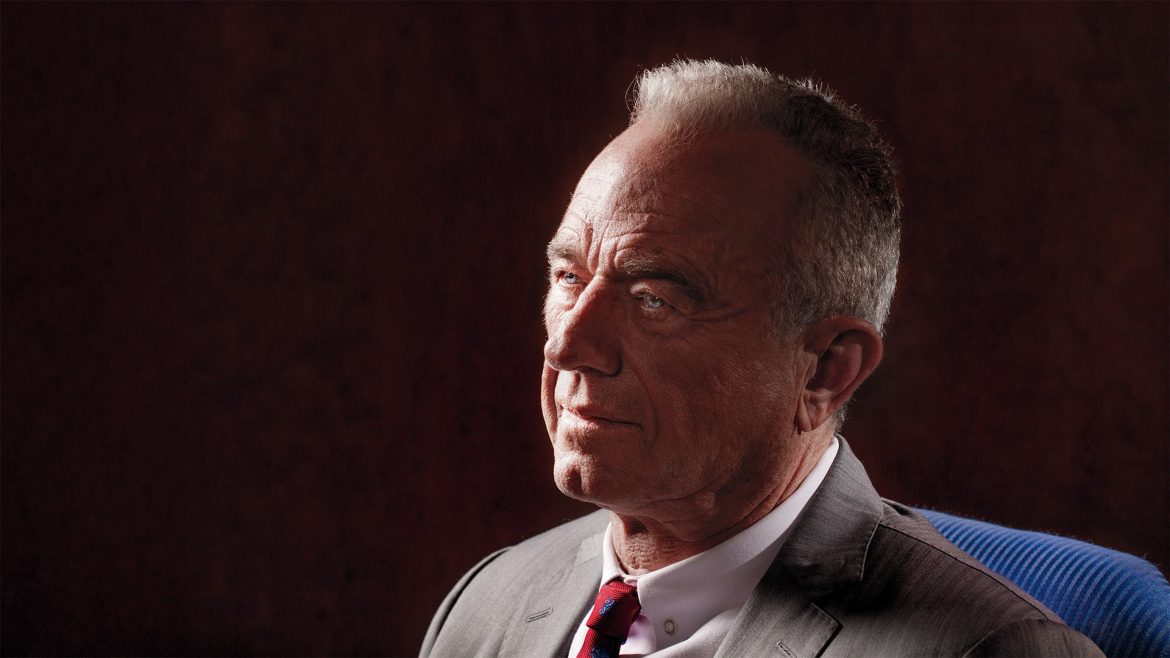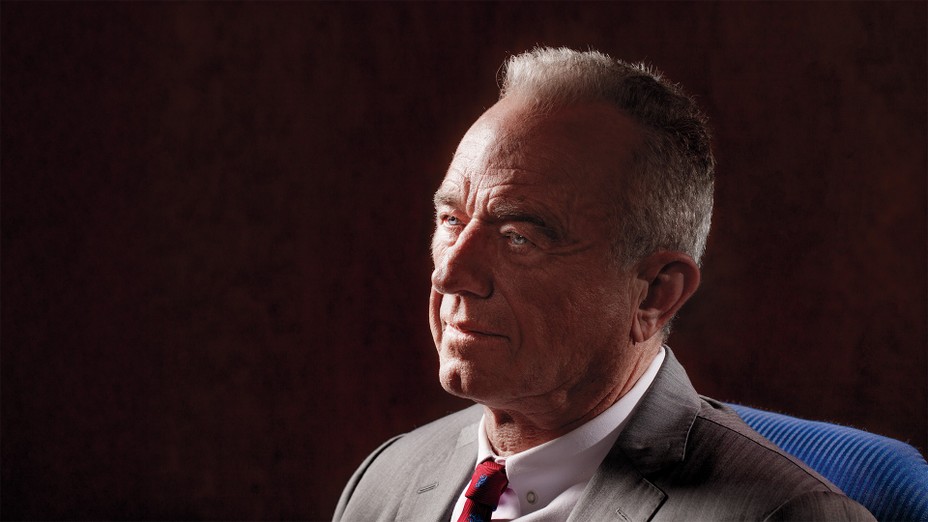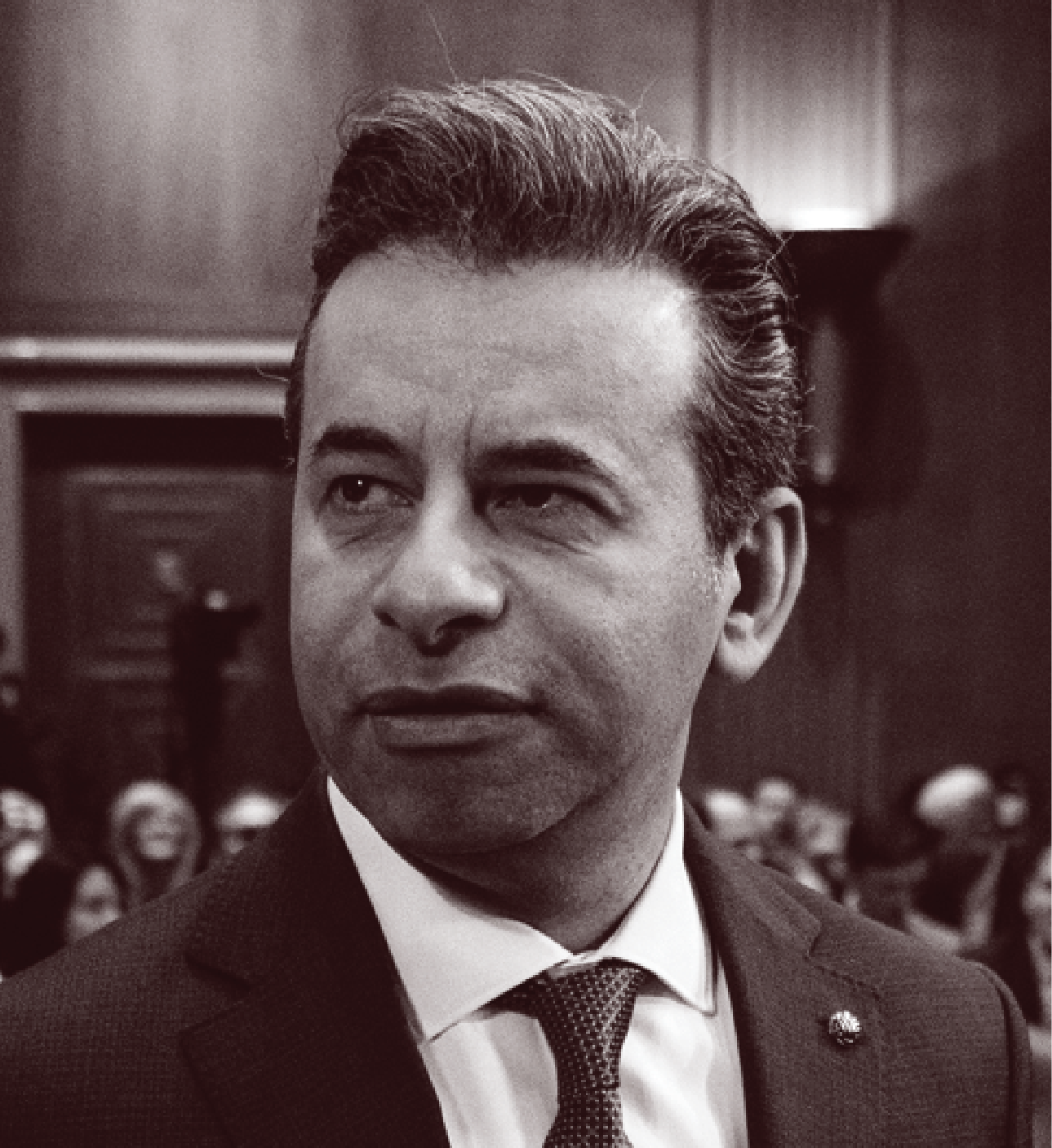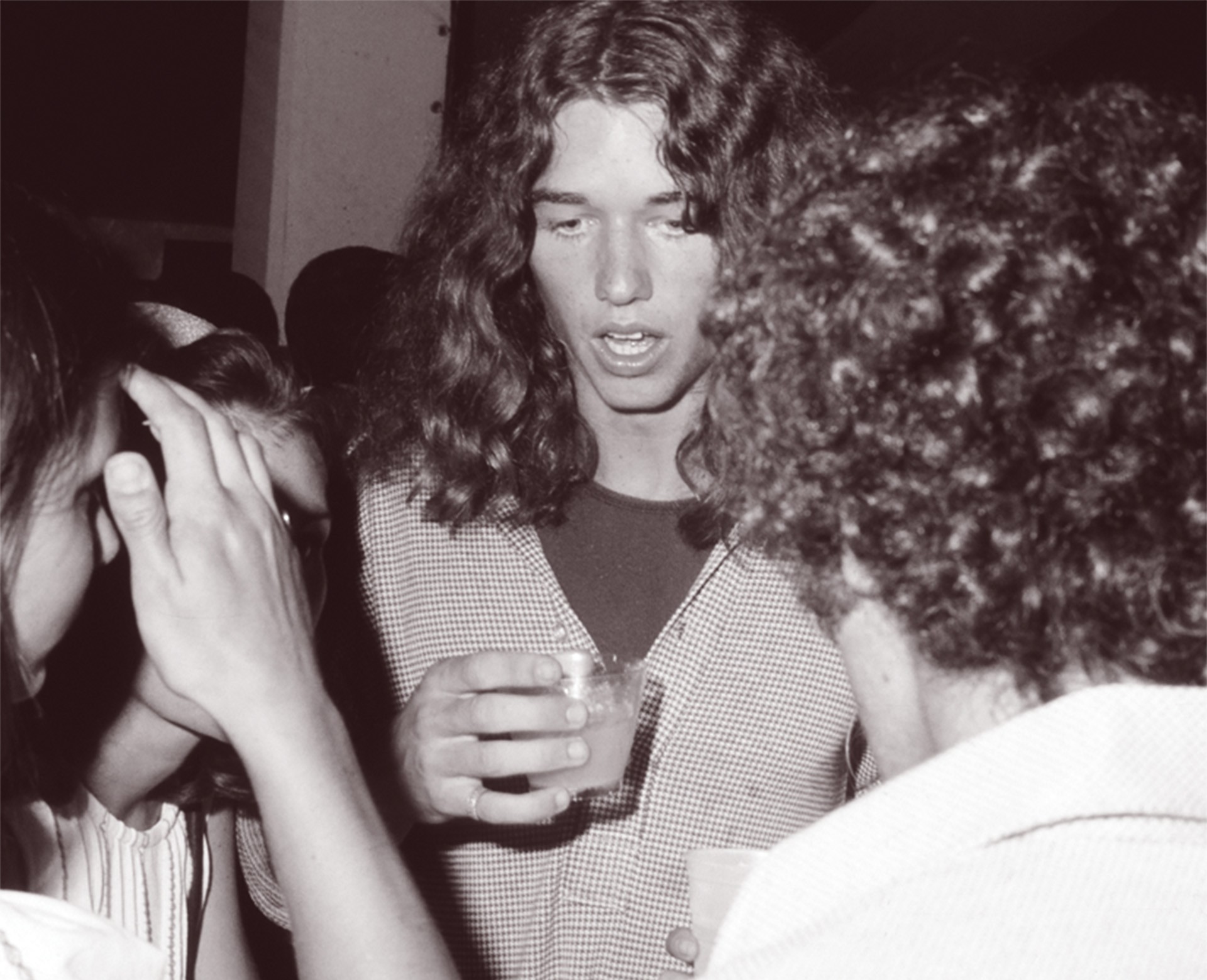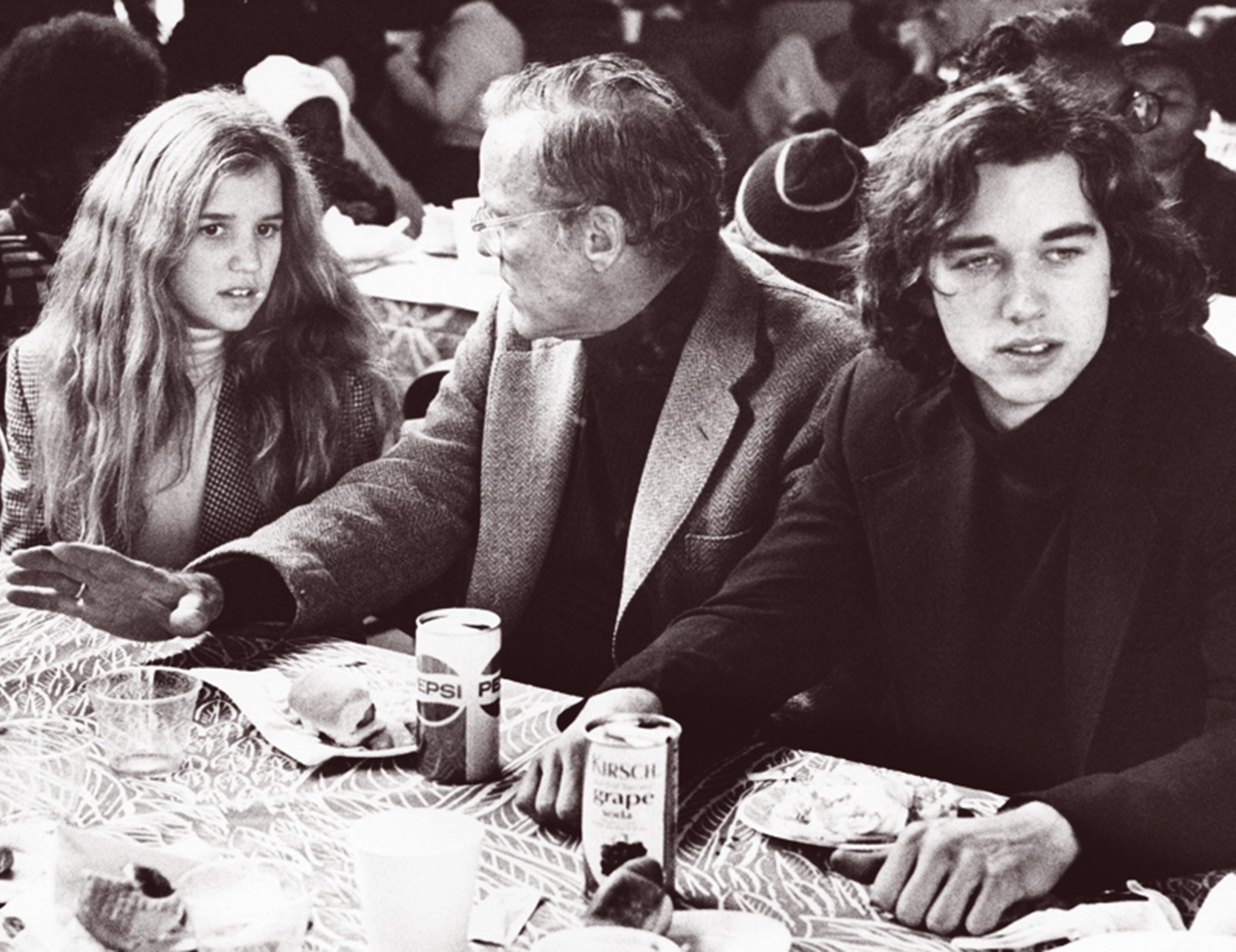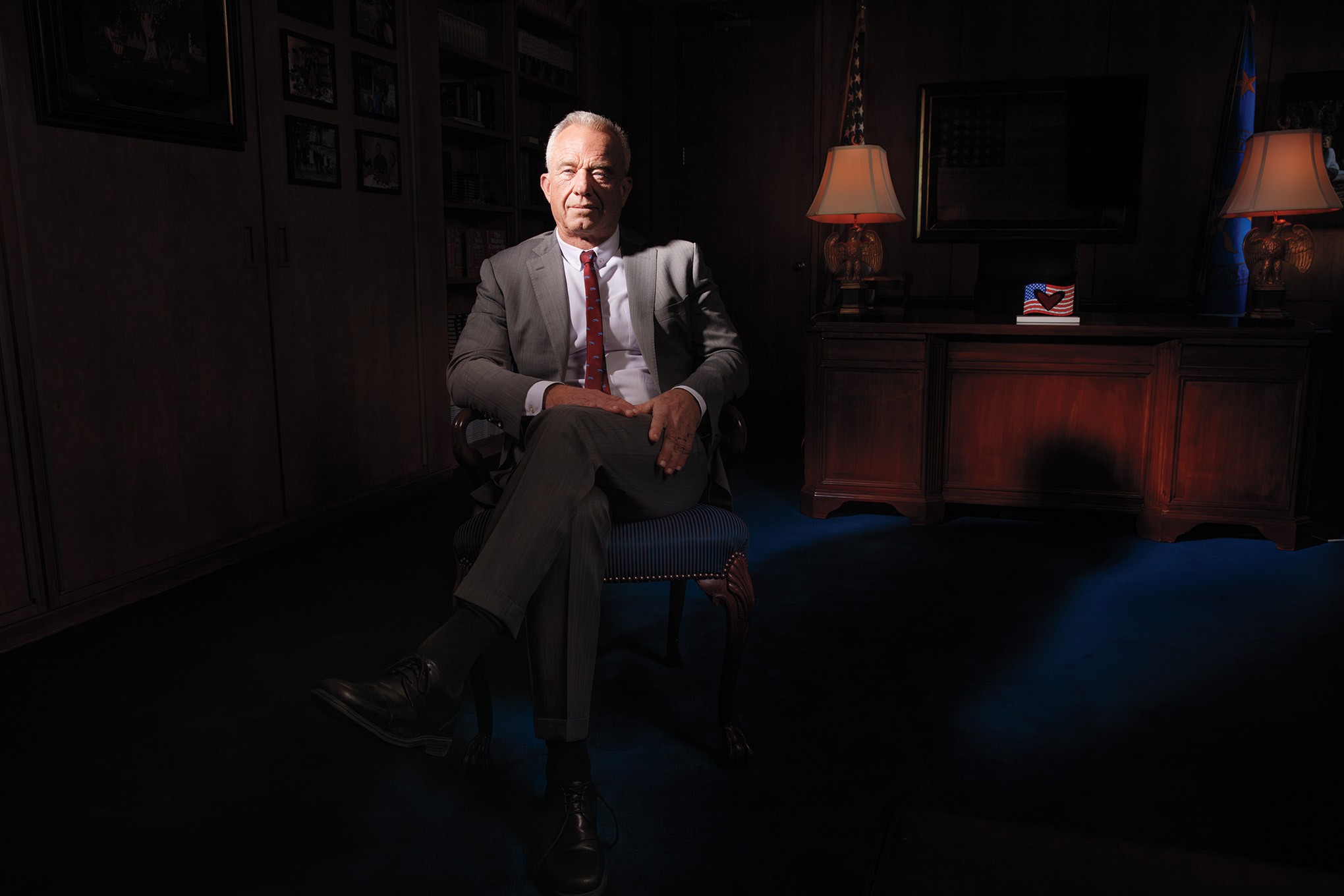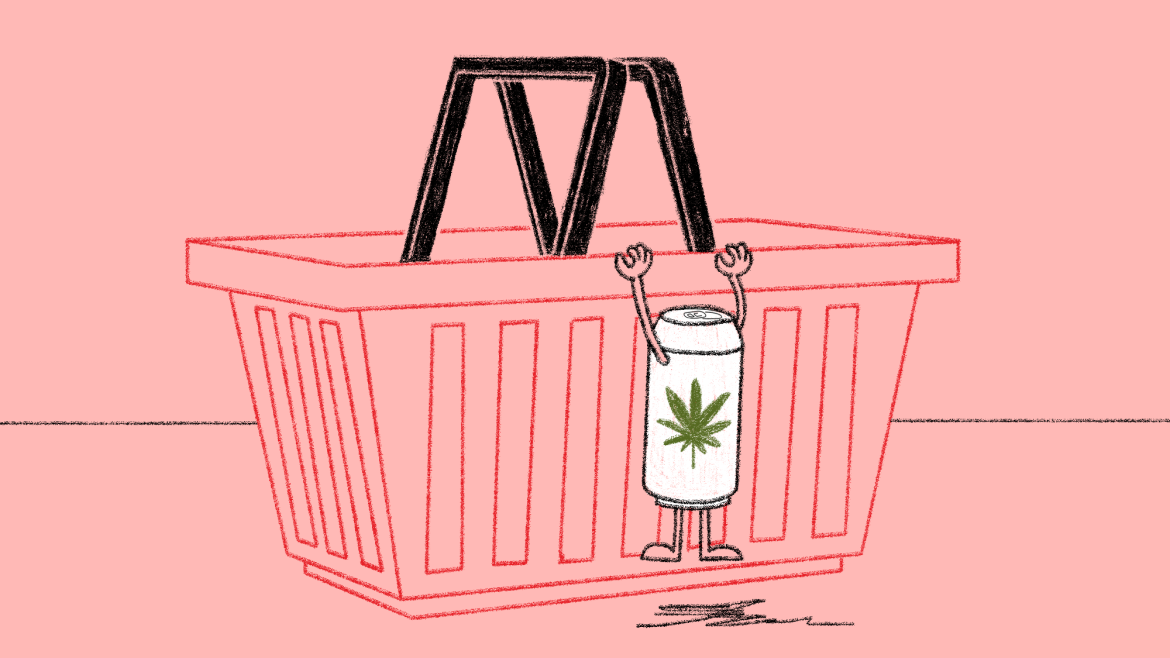On the Friday after Thanksgiving, Vinay Prasad, the FDA’s top vaccine regulator, made a claim that shocked the public-health establishment. “For the first time,” he wrote in a leaked email to his staff, “the US FDA will acknowledge that COVID-19 vaccines have killed American children.” The agency had supposedly identified at least 10 children who died from getting COVID shots.
To say the email was poorly received by vaccine experts and physicians would be an understatement. Prasad’s claim provoked a rapid series of rebuttals. A response from 12 former FDA commissioners, published in The New England Journal of Medicine on Wednesday, called Prasad’s memo “a threat to evidence-based vaccine policy and public health security.” All of the potential vaccine-related deaths reported to the government, presumably including those to which Prasad referred, had already been reviewed by the agency’s staff, the former commissioners wrote, and “different conclusions” had been reached. Elsewhere, doctors and scientists declared that absolutely no evidence links COVID-19 vaccines to death in children; and that in order to suggest otherwise, Prasad and his colleagues had engaged in an “evidence-manufacturing mission,” a “dumpster dive” for shoddy data, or—worse—a campaign of lying.
Prasad is among the public-health officials who, under the leadership of Robert F. Kennedy Jr., have been systematically undermining the nation’s confidence in immunizations. Prasad has not yet offered up any documentation to support his assertion, and his count of vaccine-related deaths may well turn out to be inflated. The memo’s overheated rhetoric and lengthy recitation of political grievances also raise some doubts about his claims.
Yet there’s something troubling—and telling—in the fact that his memo has provoked people to deny even the possibility of COVID-vaccine-related deaths. The idea that mRNA-based shots have, tragically, killed a very small number of children is not far-fetched. It also doesn’t imply a catastrophic threat to public health, given that tens of millions of doses of these vaccines have safely been given out to young people. From the start of the coronavirus pandemic, lack of nuance has been a problem with public-health messaging—one that anti-vaccine advocates have made use of to great effect. Now, in a moment when public health in America is under existential threat, this insistence that no evidence exists for vaccine-related deaths risks adding to the crisis.
No public-health authorities deny that COVID shots can have some ill effects. Adverse reactions are possible with all medical interventions. The mRNA-based vaccines produced by Pfizer and Moderna, in particular, are known to cause myocarditis—inflammation of the heart—on rare occasions, especially in teenage boys and young men. The form of myocarditis that occurs after vaccination is typically far less severe than the one caused by viruses; for unclear reasons, mRNA-related cases have largely disappeared in recent years. But this condition can be deadly, and considering the hundreds of millions of mRNA doses that have been administered to Americans, even extraordinarily unlikely outcomes may well be inevitable.
[Read: ‘It feels like the CDC is over’]
In August 2021, U.S. physicians published details of a 42-year-old man’s post-vaccination death from myocarditis in The New England Journal of Medicine. Similar cases trickled in from other countries too. South Korean researchers and public-health officials, who tracked postimmunization fatalities very closely, identified a total of 21 deaths from vaccine-induced myocarditis—all in adults—during their country’s initial COVID-inoculation campaign, which reached more than 44 million people. And in 2022, one of my former instructors, the forensic pathologist James Gill, Connecticut’s chief medical examiner, found that children could also be at risk of death. Writing in a peer-reviewed journal, he and his colleagues described the cases of two teenage boys who died of heart damage after receiving their second Pfizer dose.
So why is Prasad’s allegation that a very small number of kids have died from COVID shots being treated as some unholy aberration? I reached out to Paul Offit, a former member of the CDC’s immunization advisory committee who had described the memo’s assertions as being “fairly fantastic.” He told me that although Prasad’s claim may ultimately pan out, he does not consider the published case reports definitive, nor does he believe that the shots have led to any deaths. “It’s not terribly convincing that this vaccine killed anybody,” he said.
Michael Osterholm, the director of the Center for Infectious Disease Research and Policy at the University of Minnesota, gave the same response: He doesn’t think that the COVID shots have yet been linked to any deaths, and he trusts the judgment of the officials who had first reviewed these cases. (Like Offit, he allowed for the possibility that such cases might be identified in the future.)
When I reached out to Krutika Kuppalli, an infectious-disease physician who works on vaccine safety, she told me that high-quality studies from around the world have clearly demonstrated that there isn’t any wave of mRNA-related deaths. Population-level data show no increase in mortality from the Pfizer or Moderna COVID shots. This means that if the immunizations do cause death, it happens so infrequently as to be statistically undetectable. (Abundant evidence shows that the vaccines reduce mortality from SARS-CoV-2. That statistical signal is clear as day.)
[Read: Revenge of the COVID contrarians]
But there’s a disconnect among the sort of studies cited by Kuppalli and doctors’ observations on the ground. The latter may get written up in case reports of vaccine-related deaths, and although any single finding from this literature can be debatable, that doesn’t mean it ought to be ignored. Cause-of-death determinations happen every day in medicine, based on the most likely explanation of the facts. Yet when vaccines might be involved, that standard seems to change: Suddenly, authorities demand an impossibly high level of evidence.
Experts told me that any of the published cases of death from an mRNA vaccine could have resulted from some alternative cause, such as a preexisting condition or hidden infection. True enough, but these cases were thoroughly investigated. Many of the diagnoses were confirmed by autopsy, which is considered the gold-standard diagnostic approach. The 21 Korean deaths, in particular, were verified by a panel of specialists in cardiology, infectious disease, and epidemiology. Surely these, at least, should meet the bar for establishing a person’s cause of death—but the doctors and public-health professionals I spoke with for this story insisted that such reports don’t amount to slam-dunk proof. “These are important for hypothesis generation and mechanistic understanding,” Kuppalli said, “but they do not establish causality for death.”
Many mainstream experts have been drawing from the same playbook that COVID skeptics used at the height of the pandemic. Five years ago, they and others asked: Were thousands of American children truly getting hospitalized for COVID, or did they get hospitalized for some other reason and just happened to have COVID? Now we get a similar question: Did the teenagers who died after getting their Pfizer shots die from COVID vaccination, or did they just happen to die from something else after having been vaccinated?
The CDC itself has at times adopted this turbocharged incredulity. After Gill’s team published about the two teens, who died after receiving mRNA vaccines in the spring or summer of 2021, Tom Shimabukuro, then a high-level official in the CDC’s Immunization Safety Office, and several other agency staffers wrote a scathing letter to the journal, claiming that important facts had been omitted. They said the agency had found laboratory evidence of infection—a virus in one case and a bacterium in the other—and that at least the latter “suggested an alternate cause of death” that should have been mentioned in the paper.
[Read: Mortality numbers may have more to do with politics than science]
The CDC’s critique, however, was premised on errors so rudimentary that any trained pathologist should be able to spot them: The PCR test used to detect the virus in one case is known to be unreliable for determining a true infection, for example; the bacteria implicated in the other typically grow only after a patient is deceased. Given the flimsy reasoning behind the CDC’s rebuttal, Gill’s cases could easily be among the 10 deaths that the FDA is now touting. Yet according to a June 2025 presentation by the director of the CDC’s Immunization Safety Office, “no known deaths or cardiac transplants” were seen in individuals ages 12 to 29 with post-vaccine myocarditis from January to November 2021. Another slide said there was “no increased risk of death following mRNA COVID-19 vaccines.” (Neither the Department of Health and Human Services nor Shimabukuro responded to questions about this story.)
Some defensiveness about the data on vaccine-related harms is understandable. Anti-vaccine activists, the HHS secretary among them, have spent years stoking unfounded fears about mRNA vaccines; doing so has almost certainly resulted in otherwise preventable deaths among those who refused to get vaccinated. And it may well be that this administration’s claims about the harms from COVID shots are unfounded, and that no persuasive evidence will ever be provided. (The FDA has indicated that supporting data will be released later this month.) But given what is already known, the public-health establishment should be prepared for the alternative. Accepting and acknowledging reasonable proof of that reality would be an important part of effectively combating the government’s current vaccine skepticism. How can medical professionals discuss the favorable risk-benefit profile of these shots if they aren’t willing to acknowledge their worst risk? Denial also creates opportunities for those who want to break the system to rebuild it. In his memo, Prasad presents a very small number of allegedly catastrophic events as a revelation of such grave importance that “swift action” must be taken in regard to the COVID vaccines and the immunization approval process overall.
The possibility—perhaps the likelihood—that a handful of vaccine-related deaths occurred and were downplayed by medical authorities does not undermine the fact that COVID vaccination, on the whole, has prevented death on a massive scale. Nor does it justify sweeping changes to vaccine regulations. Rather, it suggests the need for some targeted reforms, such as improvements to the country’s vaccine-adverse-event reporting system—and also tells us that a strategy of minimizing tragic outcomes, however rare, may not be the best way to protect a vital instrument of public health.
